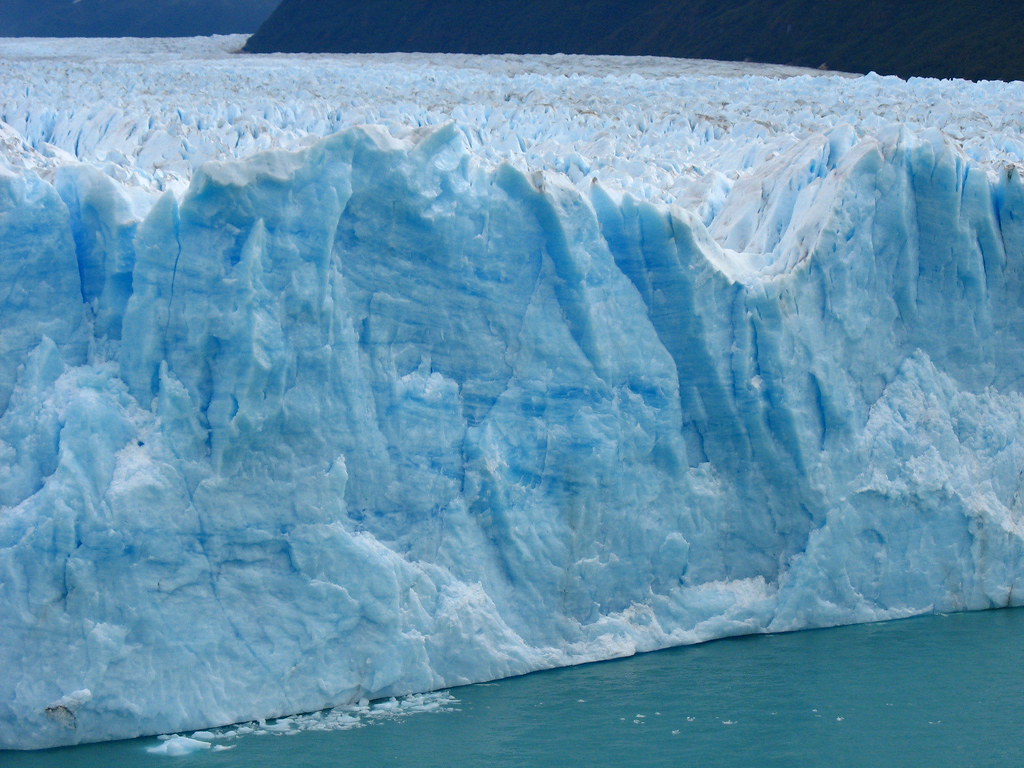Although the weathermen's forecasts for a month ahead are only a little better than guesswork, they are now making long-term forecasts into the next century with growing confidence. For the dominant trend in the world's climate in the coming decades will, scientists say, be a predictable result of man's activities.
At the start of the industrial revolution nearly two centuries ago, man innocently set off a gigantic experiment in planetary engineering. Unaware of what he was doing, he spared no thought for the consequences. Today, the possible outcome is alarmingly clear, but the experiment is unstoppable. Within the lifetimes of many of us, the earth may become warmer than it has been for a thousand years. By the middle of the 21st century, it may be warmer than it was before the last Ice Age. And the next century may be hotter than any in the past 70 million years.
Superficially, a warmer climate may seem welcome. But it could bring many hazards - disruption of crops in the world's main food-producing regions, famine, economic instability, civil unrest and even war.
In the much longer term, melting of the great ice-caps of Greenland and Antarctica could raise sea-levels throughout the world. The average sea-level has already risen a foot since the early 20th century, and if the ice-caps disappear entirely, it will rise by nearly 200 feet. Complete melting might take many centuries, but even a small increase in sea-level will threaten low-lying parts of the world such as the Netherlands.
The man-made agent of climatic change is the carbon dioxide that has been pouring out of the world's chimneys in ever-increasing quantities since the industrial revolution began. And in the past few years, scientists have begun to suspect that there is a second man-made source of carbon dioxide, which may be as important as the burning of fossil fuels, namely the steady destruction of the world's great forests. Trees and other vegetation represent a huge stock of carbon removed from circulation like money in a bank. As the vast tropical forests are cut down, most of the carbon they contain finds its way back into the atmosphere as carbon dioxide.
The amount of carbon dioxide in the atmosphere is still tiny. But it has climatic effects out of proportion to its concentration. It acts rather like the glass in a greenhouse, letting through short-wave radiation from the sun, but trapping the longer-wave radiation, by which the earth loses heat to outer space.
Computer studies have suggested that if the concentration of carbon dioxide in the atmosphere were to be twice that of today's, there would be a rise of between 2°C and 3°C in average temperature.

No comments:
Post a Comment